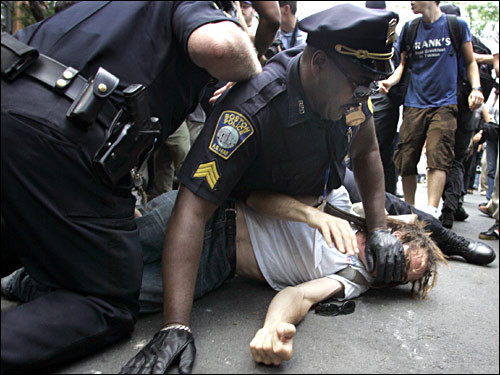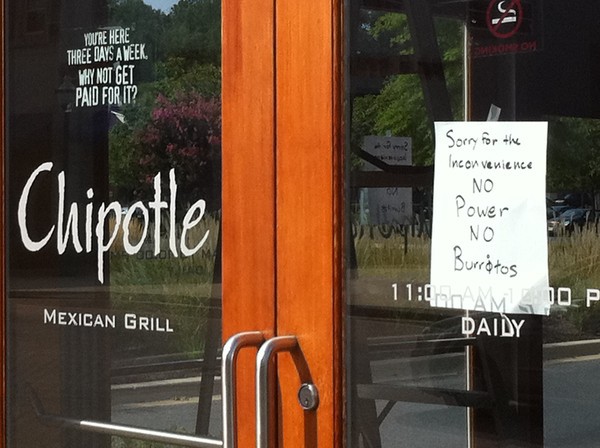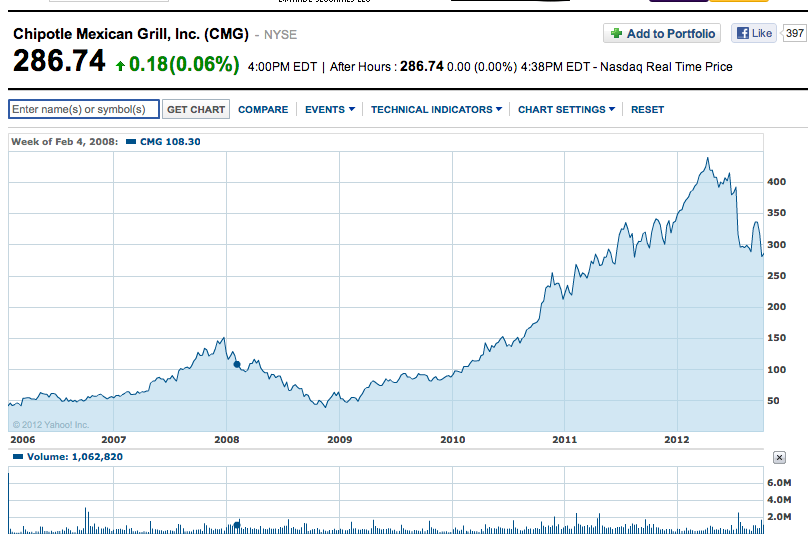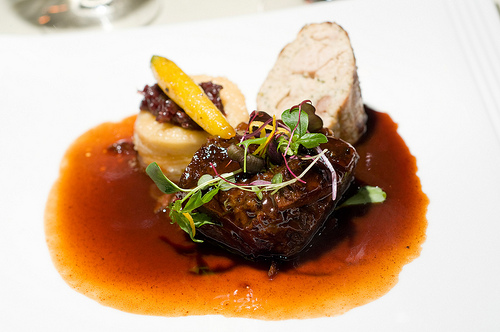We haven’t done a story with a misleading headline in a while. So here’s one, in Yahoo! News and Drudge Report fashion.
You’re not going to make $1200 an hour doing this, but you could make $200 in 10 minutes. Or, more accurately, not lose $200 in 10 minutes. It’s a post about how to get out of a speeding ticket, or at least minimize the damage.
Your humble blogger enjoys driving fast for several reasons, the primary one being the self-evident one – you get where you’re going earlier. While we’re on the topic, something of a tangent: it makes no sense that old people drive slowly. They’re the ones who have the least sand left in the hourglass, yet they mosey along as if God isn’t tapping them on the shoulder and pointing to His watch.
So yeah, driving fast is efficient. Almost as importantly, it’s fun. The Richard Petty Driving Experience doesn’t charge people $135 to do laps of an oval at 45 mph. Also, driving fast forces you to pay attention to your surroundings, engaging you in a way that a driver fixated on the speed limit never is. Drivers who lull, or worse yet fall asleep at the wheel, are rarely speeding. It’s when the possibility for danger is heightened that your senses are correspondingly so.
Alright, enough preface. Two offenses, a couple of weeks apart. The first was outside the quiet desert town of Baghdad, Arizona, 82 in a 55 zone. Obviously, no one was in any danger. No bobbing and weaving, no dodging oncoming traffic, just unfortunate positioning (us here, the highway patrolman there – traveling in the other direction, on the crest of a hill, where a civilian’s radar detector is useless.)
That’s a $200 fine, for doing 25-30 over the limit. And probably a couple hundred more in the near future, indirectly, when the insurer realizes that they’ve been providing coverage to a genocidal driver who won’t be satisfied until the highways of the Southwest are covered with blood.
We got out for $40, no points, and no notification to our insurer (unless said insurer happens to read this blog. Hi there!)
How’d we do it? Simple. Here’s how you can do it:
- Acknowledge the obvious: you’re busted. You saw the cop’s lights flash, so don’t be stupid. Pull over immediately. If it turns out that the cop happened to turn his lights on for a completely different reason, big deal – pulling over thus cost you a few seconds. If you are indeed the subject of the cop’s interest, you’re showing deference and expediency – you value his time too, and want to get this incident over with as soon as possible.
- It’s going to take the cop a few seconds to approach your car. Break out your license, proof of insurance and registration and place them on the dash before he gets there. You’re not admitting guilt, at least not explicitly. But if you are guilty, or at least citable, doing this makes things easy for the cop.
- Hands in front of you. On the steering wheel is as good a place as any. Tell your passengers to put their hands where the cop can see them, too.
Oh, you don’t have guns in the car? Why the hell not?
Riding with at least one gun (and, more importantly, availing the cop of its/their presence) shows you’re responsible. Doing so is common sense, and if you had to sit through a class to receive a concealed weapons permit, the instructor should have gone over this anyway.
The cop sees a speeder. He doesn’t know if you’re a career missionary who just returned from volunteer duty at the local veterans’ hospital, or Brandon Marshall. So put him at ease. Getting shot isn’t a common job hazard for any domestic line of work, but it’s a lot more frequent among police than it is in whatever you do for a living. The cop is certain you’re a speeder: make him equally certain that you’re not a criminal. Again, you’re trying to make his job easy here. Cops spend most of their workdays dealing with personalities ranging from verminous to merely uncooperative. Set yourself apart.
Oh, and tell him about the guns before he has a chance to talk. A) You’re supposed to and B) it’s kind of fun to initiate a conversation with a cop, forcing him to listen to you and not open his mouth until you’re done.
- Don’t commit to a number when asked if you know how fast you were going. If you do, you’re signing your own warrant. Say something like “Officer, I was looking at the road, not my speedometer.” If you happen to be far from home, blame the scenery. “Officer, I thought I was driving safely and responsibly, but I was paying more attention to the gorgeous mountains and cacti than I was to my speed. I apologize for forcing you to stop me.”
We’re not kidding. Those quotes might look sarcastic, particularly the last one, but the idea here is to show deference. It’s amazing how many people will attempt to stand their ground against a cop, helpfully explaining to him why he’s wrong or at least misguided. If you’re going to do that, you might as well insult his mother.
All over our book, we remind you to look at each (financial) transaction from the other party’s perspective. Same deal for traffic stops. What does the cop want out of this? No hassles. Someone’s going to hassle him today, probably several people. Don’t be one of them. Be a bright or at least neutral spot in his otherwise stressful day. It’s not about who’s right. It’s about you minimizing the damage.
Back to our encounter. We found common ground, and continued to put the good patrolman at ease. We ending up discussing music for a few minutes – the merits of the Gibson SG over the Les Paul, etc. – and would have gone longer if we didn’t politely ask to get a move on before our bladders exploded. He said, “Look, I have to write you a ticket. You were doing 82 in a 55. I’m going to cite you for 5 over. Pay it by the end of the week and it won’t appear on your record. And slow down.”
Here’s what we didn’t do:
- Plead for a reduced violation.
Reducing the violation is the cop’s call. Asking for it is like asking someone for a birthday gift. Tacky and ineffective.
- Curse, threaten to fight the ticket, come up with an idiotic excuse, or use the venerable “Good thing there are no murderers or rapists for you to arrest” line.
This should go without saying, but it’s rarely a good idea to antagonize someone who has the legal authority to make your life miserable.
As for the second incident, that was on a lonely stretch of interstate in an even more remote part of the West. The officer was in the median. The radar detector went off too late to do anything about the excessive speed.
Again, pulled over immediately and did everything listed above. Complimented the officer’s beat (“These wide open spaces are just too distracting”), and he agreed to write up a 20 mph excess as a 1-5 mph one.
Then it got better. He did the thing where he steps back to his car for a few minutes, forcing his quarry to sweat, then returned and said, “I noticed you don’t have a front plate. The state requires one. I’m going to write you up for that instead.”
At least in the state in question, “No front plate” results in a fine or points only if the driver doesn’t show proof of correction within a fixed period. That is, if you affix the front plate to the vehicle, then fax a picture of same to the court, they’ll drop the charges.
Yes, if you no longer know where your front plate is you could conceivably just put the back plate on the front and send a picture of that to the court. Not that we encourage that, or would ever dream of doing it ourselves.
See? You learn something new on this site every day. Under the right circumstances, driving without a front plate can reduce your violation to zero. Grab a flathead screwdriver and take a little more control of your financial future right now.
And if all this fails, have breasts.






